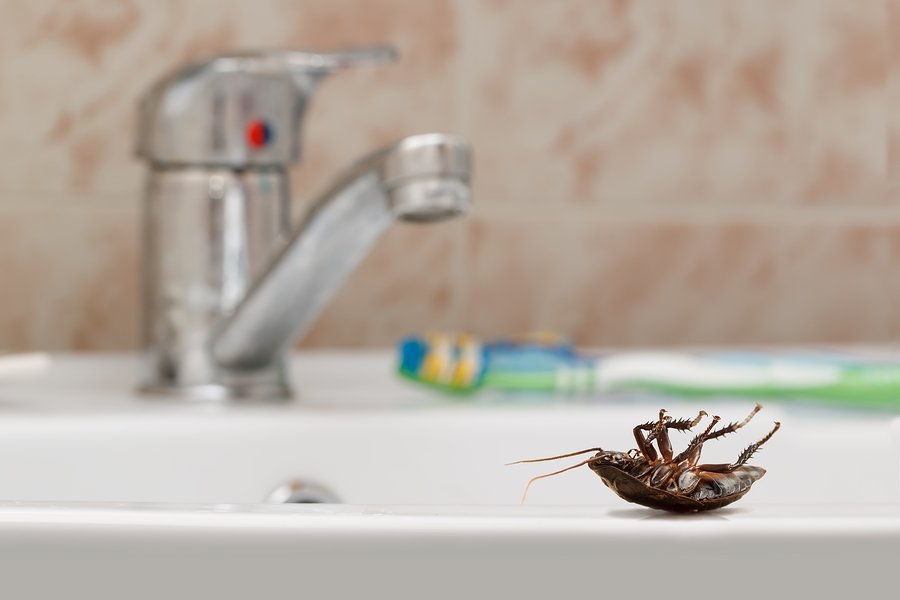Expert Tips for Preparing Your Home for Winter
RH Business Marketing Solutions
As winter approaches in Connecticut, many homeowners start to worry about how they will keep their homes warm and comfortable during these colder months. The good news is that with a little bit of preparation, you can make sure your home is ready for winter.
Follow these tips and you'll be all set!
The Heating System
One of the most important things to do before winter arrives is to have your fireplace and chimney inspected. This will ensure that they are in good working condition and ready to be used. You should also make sure that you have plenty of wood on hand so that you can keep the fire going all season long.
On the other hand, if you have a gas fireplace, you'll need to make sure that the pilot light is lit and that there is no blockage in the flue. And as folks at Gas Fireplace Installation CT recommend, you should have someone come and inspect your fireplace before the cold weather hits. You should have your furnace serviced so that it's running efficiently and won't break down when you need it the most.
If you have a central heating system, it's important to have it serviced by a professional before winter starts as this will ensure that there are no potential problems. You should also change the filter so that the system doesn't have to work as hard to circulate the air.
Venting
Make sure that all of your exhaust fans are in good working condition so that they can vent the warm air out of your home and prevent condensation from forming. You should also open up any cabinets or cupboards where pipes are located so that they can get the proper ventilation.
Another thing to keep in mind is that you should never use a stove or oven to heat your home as this can be a fire hazard. If you have a gas stove, make sure that the pilot light is lit so that it doesn't go out and fill the house with carbon monoxide.
Insulation
One of the best ways to keep your home warm during the winter is to make sure that it's properly insulated. Check around your windows and doors to see if there are any gaps or cracks where heat can escape. If you find any, seal them up with weather stripping or caulking.
You should also make sure that your attic is properly insulated as this will help to keep the heat in your home from escaping. If you have a lot of stuff stored in your attic, it's a good idea to move it to another location so that the insulation can do its job.
Snow and Ice
If you live in an area where snow and ice are common, it's important to take steps to prevent them from damaging your home. Make sure that your gutters are clear of leaves and debris so that they can properly drain. You should also invest in a good snow shovel and ice melt so that you can clear your sidewalks and driveway.
Additionally, if you have any trees on your property, it's a good idea to have them trimmed back so that they don't damage your home if they fall during a storm.
Making your home ready for winter can seem like a daunting task, but if you follow these tips, you'll be prepared for whatever the season throws your way.
Have your fireplace and chimney inspected to make sure they are in good working condition, change the filter on your furnace, and make sure that all of your exhaust fans are in good working order. Additionally, check for any gaps or cracks around your windows and doors and make sure that your attic is properly insulated. Finally, if you live in an area where snow and ice are common, take steps to prevent them from damaging your property.
By following these tips, you can rest assured knowing that your home is ready for winter.

















